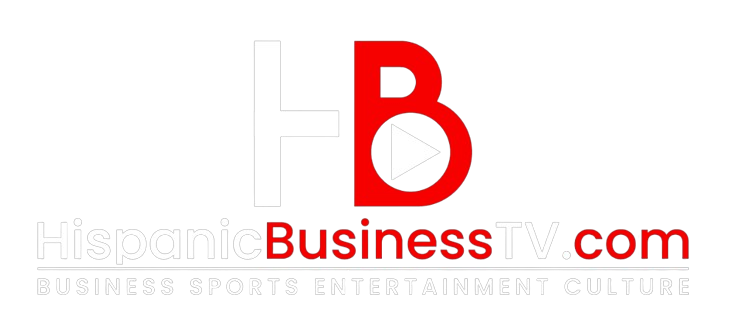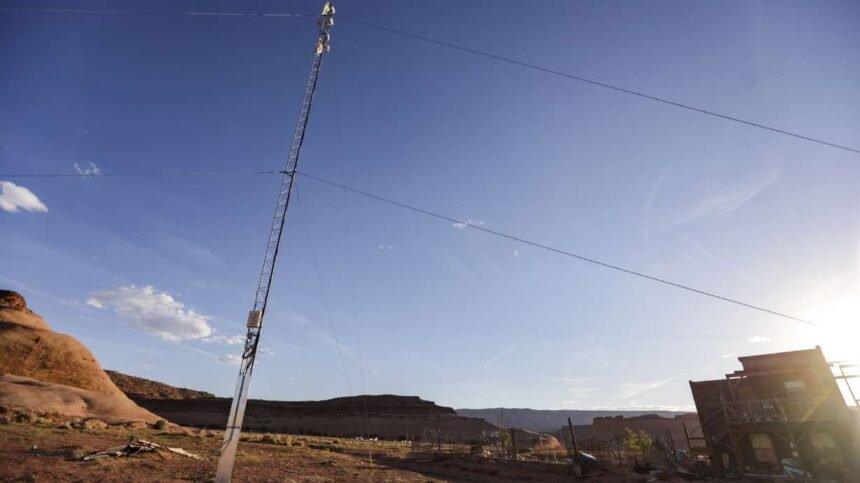SALT LAKE CITY — The digital divide still exists in Utah, with 43,500 homes and businesses currently without the availability of reliable broadband internet.
To help close this gap and provide more Utahns with affordable, fast internet access, the Utah Legislature in 2021 created the Utah Broadband Center, along with the Digital Connectivity Plan.
Central to this plan are two separate avenues of federal funding.
The biggest was through the Biden administration’s “Internet for All” initiative, which allocated $317 million to the Beehive State to expand broadband infrastructure in underserved counties by way of the Broadband Equity, Access and Deployment (BEAD) program.
The second avenue, part of the Infrastructure Investment and Jobs Act, granted Utah $7.8 million to go toward accessibility improvements.
However, the National Telecommunications and Information Administration released restructuring plans for the BEAD program last week. The plans will require states to reapply for federal funding under a new set of criteria, setting back many internet service providers that previously applied to implement fiber-optic solutions.
The plan cited “superfluous requirements imposed by the Biden administration (that) made the BEAD program more complex and expensive, stifled competition and led to reduced participation levels.”
“There were some changes we anticipated with the new administration. We were not told to stop; in fact, we were encouraged to keep moving forward,” said Rebecca Dilg, director of the Utah Broadband Center, while speaking to members of the Utah Legislature’s Public Utilities, Energy and Technology Interim Committee on Wednesday.
As for the $7.8 million?
“The funding was pulled. So, the $7.8 million that was allocated to the state of Utah is gone. We do not have that at all,” Dilg said. “We were paying for a couple of people to administer this grant program, and we were excited about the opportunities that were going into the rural areas and serving many communities with this funding.”
Dilg said the state has a 90-day window that started on June 6 to rerun the grant round, calling it a “very, very, very short timeline.” She added that the Utah Broadband Center is already in the process of reapplying for funds.
“We’re just … picking up locations that were not chosen in the first round (of funding), and then those that did apply in the first round, they will just need to resubmit,” Dilg said.
Additionally, June 2024 marked the end of the Affordable Connectivity Program due to a lack of additional funding from Congress. The $14.2 billion program provided eligible households with a monthly discount of up to $30 — including up to $75 per month for households on qualifying tribal lands — and a one-time, $100 discount on the purchase of a laptop, desktop computer or tablet.
Over 75,000 households in Utah benefited from the program, and the state received over $40 million in funding for it. Throughout the program’s duration, Utahns saved around $2.2 million every month on internet bills.
To further emphasize the importance of getting more Utahns connected with internet, Dilg talked about an experience she had several months ago helping a homeless woman trying to access housing services.
When Dilg tried to make contact with one of these services via phone, she was directed to go online. “I thought, ‘This is a homeless person, and we’re directing them to go online?'” Dilg said. “That’s just the mentality we have everywhere in society, and when people don’t know how to use it, we’re leaving them behind — and that’s what’s know as the digital divide.”
The Key Takeaways for this article were generated with the assistance of large language models and reviewed by our editorial team. The article, itself, is solely human-written.











